
NPS Photo
Vital Signs
The Mojave Desert Inventory & Monitoring Network uses long-term ecological monitoring to track changes in selected park resources and processes we call “Vital Signs.” Just like doctors monitor your vital signs (such as blood pressure and pulse) to track your health, we monitor selected vital signs in our network parks to help us understand the condition and trends of park natural resources.
Vital signs data allow us to better understand natural processes and the results of management actions, and help guide park managers to develop effective approaches to manage and protect these resources.
In the Mojave Desert Network, our selected vital signs focus on water resources, vegetation, and landscape-scale weather and climate. To learn more about our monitoring program and projects, download our program brief.
Vital Signs Monitoring Efforts
-
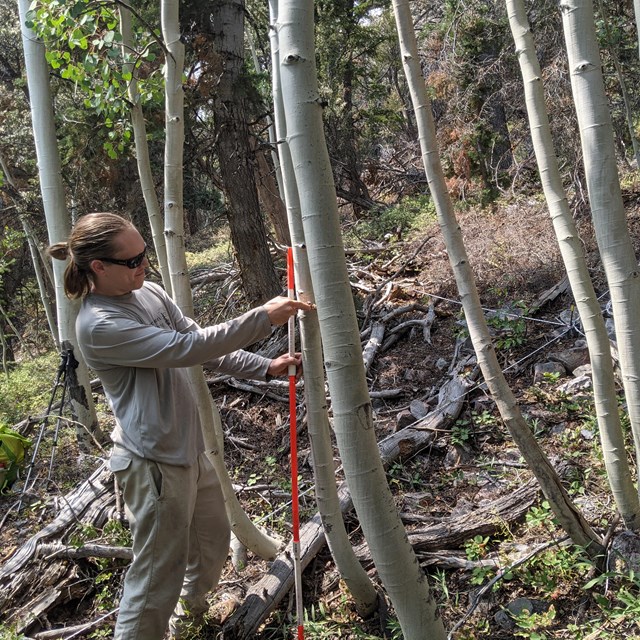 Aspen
AspenAspen stands
-
 Bats
BatsBat populations
-
 Desert Springs
Desert SpringsDesert springs water quality and quantity
-
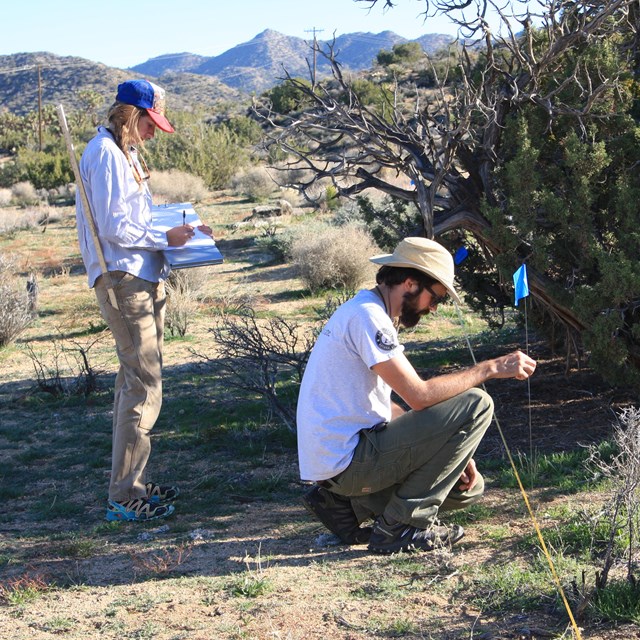 Integrated Uplands
Integrated UplandsSoils and vegetation of upland communities
-
 Invasive & Exotic Plants
Invasive & Exotic PlantsEarly detection and monitoring of invasive plants
-
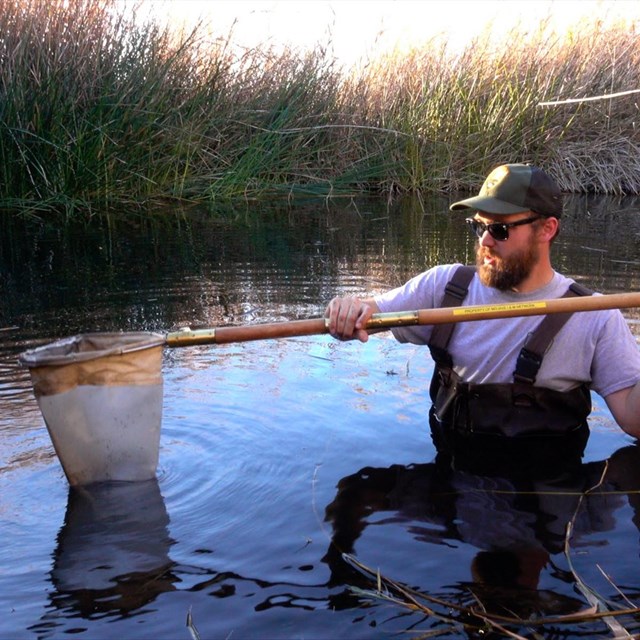 Selected Large Springs
Selected Large SpringsDischarge and water quality/quantity at select large springs
-
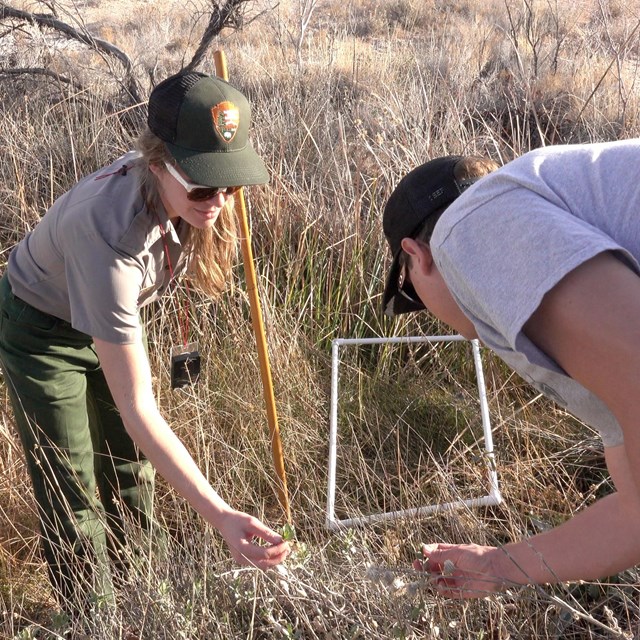 Spring Vegetation
Spring VegetationSpring riparian communities
-
 Streams & Lakes
Streams & LakesStreams and subalpine lakes
-
 Weather & Climate
Weather & ClimateStatus and trends of weather and climate
-
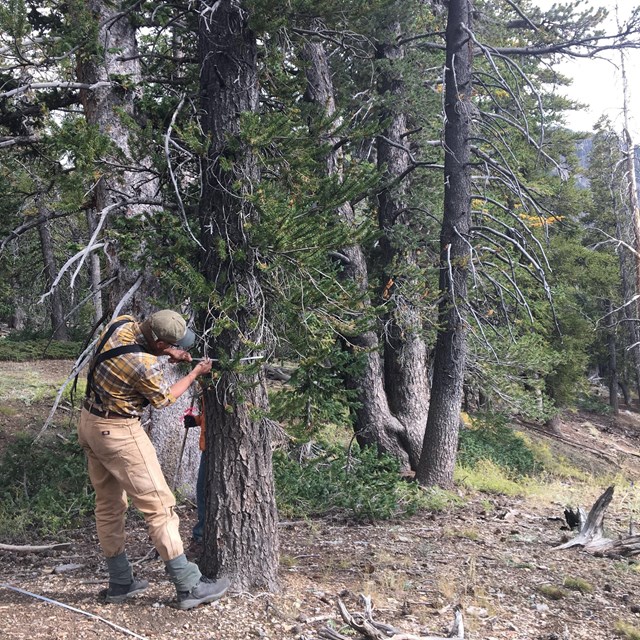 White Pine
White PineGreat Basin bristlecone pine and limber pine communities
Last updated: August 2, 2022
